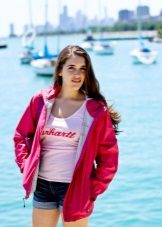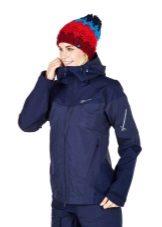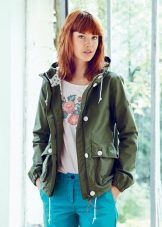The word "stormcoat" immediately conjures up pictures of incredible adventures, long-distance travels and a riot of elements. Such things are worn by people whose lifestyle is associated with extreme hobbies, hiking, and staying in adverse weather conditions. Storm is the clothes of tourists and travelers, as well as fans of sports and active lifestyles.
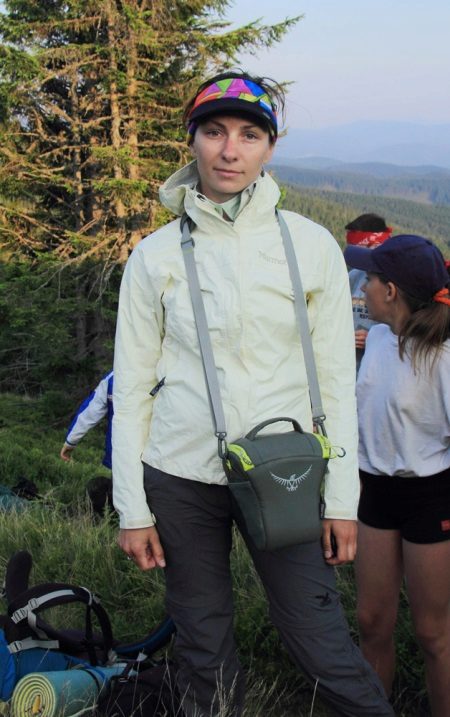
Many perceive the storm jacket as a wardrobe item from the unisex category: the main thing is that it protects from the weather, and its appearance is of secondary importance.
However, girls tend to care about how they look even in extreme conditions. Therefore, for quite a long time, manufacturers of sportswear have produced female models of such jackets. We will talk about them in today's article.
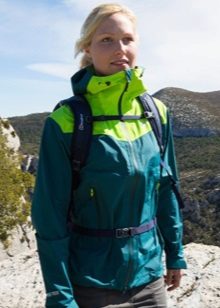

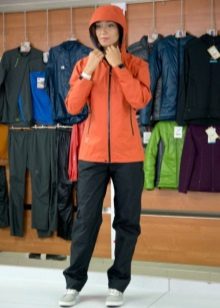
Features tarpaulin storm jacket
Traditionally, the word "storm jacket" is used to define an elongated jacket with a hood made of waterproof, dense material designed to protect from rain, hail and snow.
Previously, curtain jackets were made exclusively from tarpaulin, but today, this rather heavy material has been replaced by modern synthetic fabrics that are in no way inferior to it in terms of protective properties.
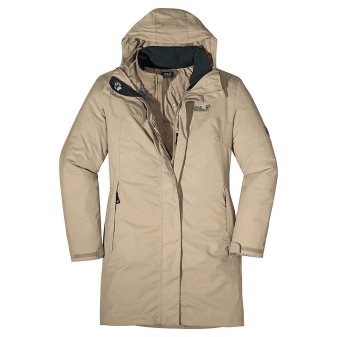
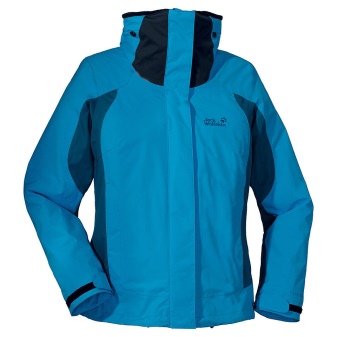
Storm has a free cut, as it is assumed that it is worn on warm clothes. It should not constrain movements, therefore the stormcloth is always very spacious, it does not fit the figure. This jacket is designed to protect the upper body: head, neck, arms, back, chest and stomach.
Usually it is slightly longer in the back than in the front - this is done for the comfort of movement, additional protection of the area below the back and the convenience of fixing the safety system.

The hood of the raincoat has a high neck and a small visor that protects against wind and rain. On some models, the hood covers part of the face. Most windbreakers have a very voluminous hood, which is pulled off with special puffs - in case you need to put on a helmet or helmet.
Puffs are also available on the sleeves and on the hem of the storm jacket - this provides maximum protection against cold and wind.




There are usually not many pockets on a storm jacket, but all of them are large enough - to make it more convenient to climb into them with gloves or mittens.
Pockets are equipped with zippers with protective pads that protect the contents from moisture. Such zippers are provided on all parts of the jacket. In addition to zippers, Velcro is also used - they are much more convenient than buttons or buttons.
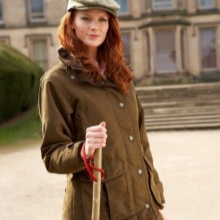
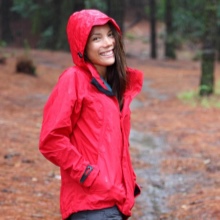

One more obligatory element of a storm-hood is a peculiar "ventilation openings" protected by a grid. They are needed so that the body can breathe in a dense, airtight material.
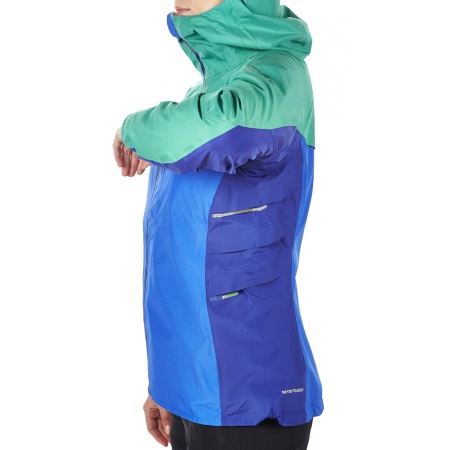
Storm requirements
- waterproof material;
- ability to protect from wind and precipitation;
- ability to keep heat well;
- non-marking, but bright color;
- free style, not restricting movements;
- convenient fastenings and pockets;
- the presence of ventilation.
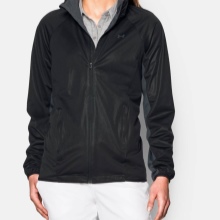
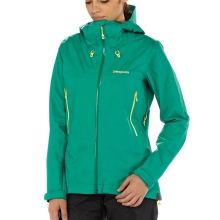
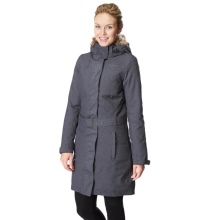
Why is it considered tourist?
The largest group of people who wear raincoats are not professional athletes, lifeguards, etc. (so they usually have a special uniform), and ordinary tourists. Those who are fond of hiking in the mountains, forest, river rafting, fishing and hunting, choose storm jackets as “uniforms”.

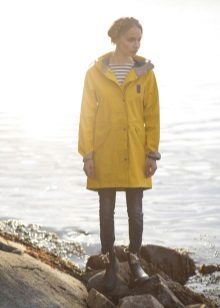
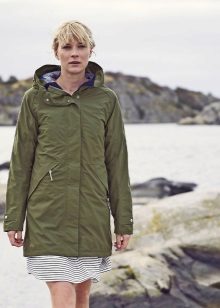


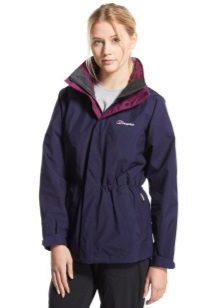
Clothing for hiking should be light and versatile - so you do not have to take a whole bunch of clothes with you for different occasions. In addition, it should protect from the weather, be comfortable and durable. A storm jacket is ideally suited to all these requirements, which is why it is so popular among tourists.

Membrane types
We have already said that modern wind-shelters are not sewn from tarpaulin (although such models can be easily found on sale), but from dense synthetic material. This material is called the "membrane" and has several varieties. The key characteristics of a storm jacket, including its price, depend on the type of membrane.
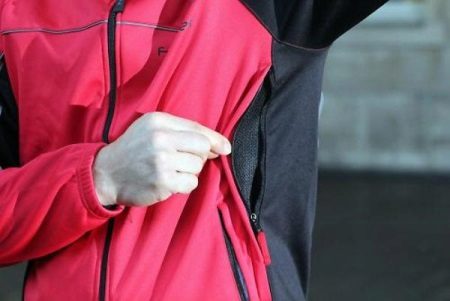
The membrane is characterized by the following main criteria:
- chemical composition - all membranes are made on a polymer basis, but the types of polymers differ from different manufacturers;
- structure - the membrane can be applied to the main fabric as a liquid coating or thin film;
- water resistance - this parameter indicates what height of the water column the membrane can withstand without passing water;
- vapor permeability - this indicator indicates how much water vapor can pass 1 m2 membrane tissue.
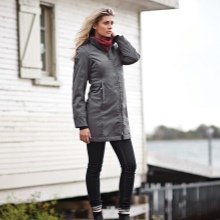
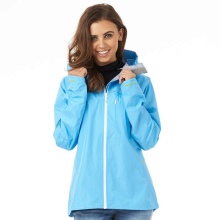
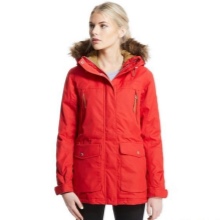
Consider several popular types of membranes that are used to manufacture storm jackets:
- Gore-tex - the very first membrane invented by an American company in the late 70s of the last century; the membrane is a microporous fabric based on polytetrafluoroethylene.
- Dermizax-MP- Japanese membrane fabric designed for extreme sports; The manufacturer promises to preserve the protective properties of the membrane even after many washings.
- Entrant-hb - the latest material, which has a fundamentally different structure, which is a cross between microscopic pores and a laminated coating without pores.
- eVent - the membrane of this company is very close in composition and properties to the fabric from Gore, but it is endowed with additional protection from dirt; in addition, this membrane absorbs and removes excess moisture very well.
- Sympatex - one of the few membranes that has a non-porous structure, which ensures a high level of protection against strong wind and rain; since this membrane is very flexible, the storm jacket will retain its properties even in the places of bending.
- Dry Factor - this variety includes several types of membranes, which differ in the degree of moisture resistance and vapor permeability; All fabrics are micropore and water repellent.

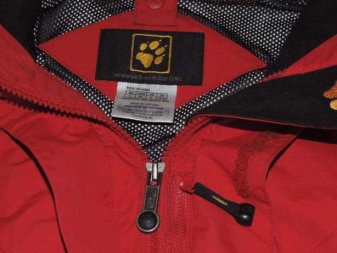
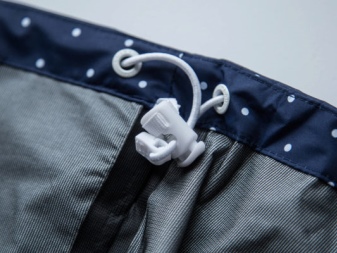
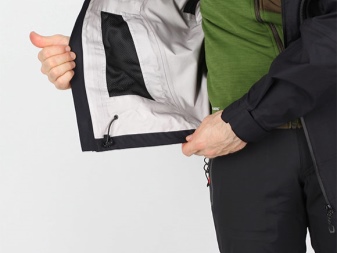
Selection tips
- The length of the storm jacket should be chosen, depending on the type of activity.In hiking trips, a jacket covering hips, but not restricting movements, will be appropriate. If you plan to do climbing, then you need to choose a shortened version of the stormcloth (but make sure that when raising your hands, your lower back will not be exposed).
- The hood is an essential element of a storm jacket. Extreme sportsmen choose a hood that can be worn over a protective helmet. Ideally, the hood should have a visor that protects the eyes from the sun, dust and prickly snow. To remove, put on and adjust the hood should be comfortable with gloves.
- It is also easy, without taking off the gloves, it should be convenient to fasten and unfasten the gown, tighten the elastic bands, adjust the cuffs, climb into the pockets, etc. Try to do all these actions in the store before buying a jacket. The fittings should be as comfortable and durable as possible.
- The air vents on the storm jacket play a very important role, because the fabric itself, from which such clothes are made, can hardly “breathe”. Ventilation can be in the armpits (this is the most common option) or on the body of the storm jacket itself.
- If you plan to wear a windbreaker often for a long time, then pay attention to the models in which the parts prone to wear are “reinforced” with inserts of more durable material. Typically, additional protection is needed on the shoulders, hips, and those areas that come in contact with equipment.
- On storm jackets there are not many pockets, since it is assumed that the tourist carries everything he needs in a backpack. But a couple of pockets are required. For ease of use, pockets should be located at the top of the jacket. In addition, they should reliably protect the contents from moisture, so it is recommended to give preference to models with protective valves and waterproof fasteners.
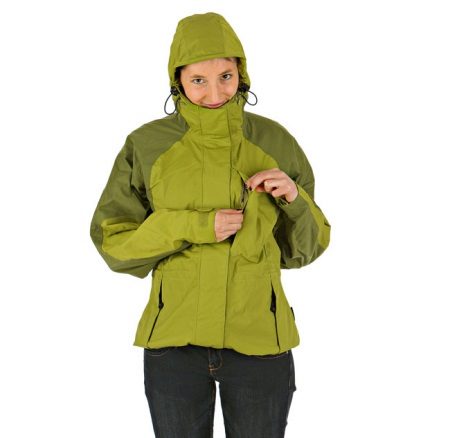
What to wear?
If you are thinking about purchasing a storm jacket, then most likely you are planning a long trip to the countryside, an exciting adventure, or going to learn a new sport. In this case, in addition to the windbreaker, it is necessary to purchase special shoes (for example, trekking boots), thermal underwear and suitable pants. In a pair of jacket usually buy storm trousers made of the same material.

If you just need a windbreaker to protect it from bad weather in urban conditions, you can wear it with ordinary clothes - sweaters, jeans or warm pants, rubber boots or high “military” boots.
Accessories in a sports style are perfect for her - bright hats, scarves and gloves.
